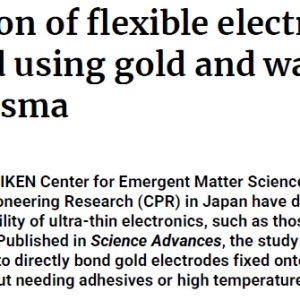
Effect of Fe content on steady grain size in Ni–Fe alloys
₩4,000
It is widely known that a steady–state grain size dss obtained by a plastic deformation varies with change in physical properties of a material, such
as stacking fault energy ÿSFE, shear modulus G, flow stress ÿ and magnitude of Burgers vector b. In a previous study, a model has been proposed
based on dislocation theory to describe the relationship between dss and physical properties. For pure metals, it has been reported that the variation of
dss follows the model. For alloys, although the effect of the normalized stacking fault energy ÿSFE/Gb has been investigated, that of other physical
properties such as ÿ has not been well considered. In this study, physical properties of the Ni–Fe alloys were controlled by changing Fe content, and
effect of the physical properties on dss obtained by the High–pressure torsion (HPT) straining was investigated. dss of Ni–Fe alloys became finer with
increasing Fe content. This study revealed that decrease in dss of Ni–Fe alloys follow the previous model, which suggested that not only ÿSFE/Gb but
also normalized flow stress ÿ/G affects dss of Ni–Fe alloys. It is presumable that the decrease in ÿSFE/Gb suppresses the recovery of dislocations, and
the decrease in inverse of ÿ/G enhances the introduction of dislocation, which leads to a finer dss in the Ni–Fe alloys.





상품평
아직 상품평이 없습니다.